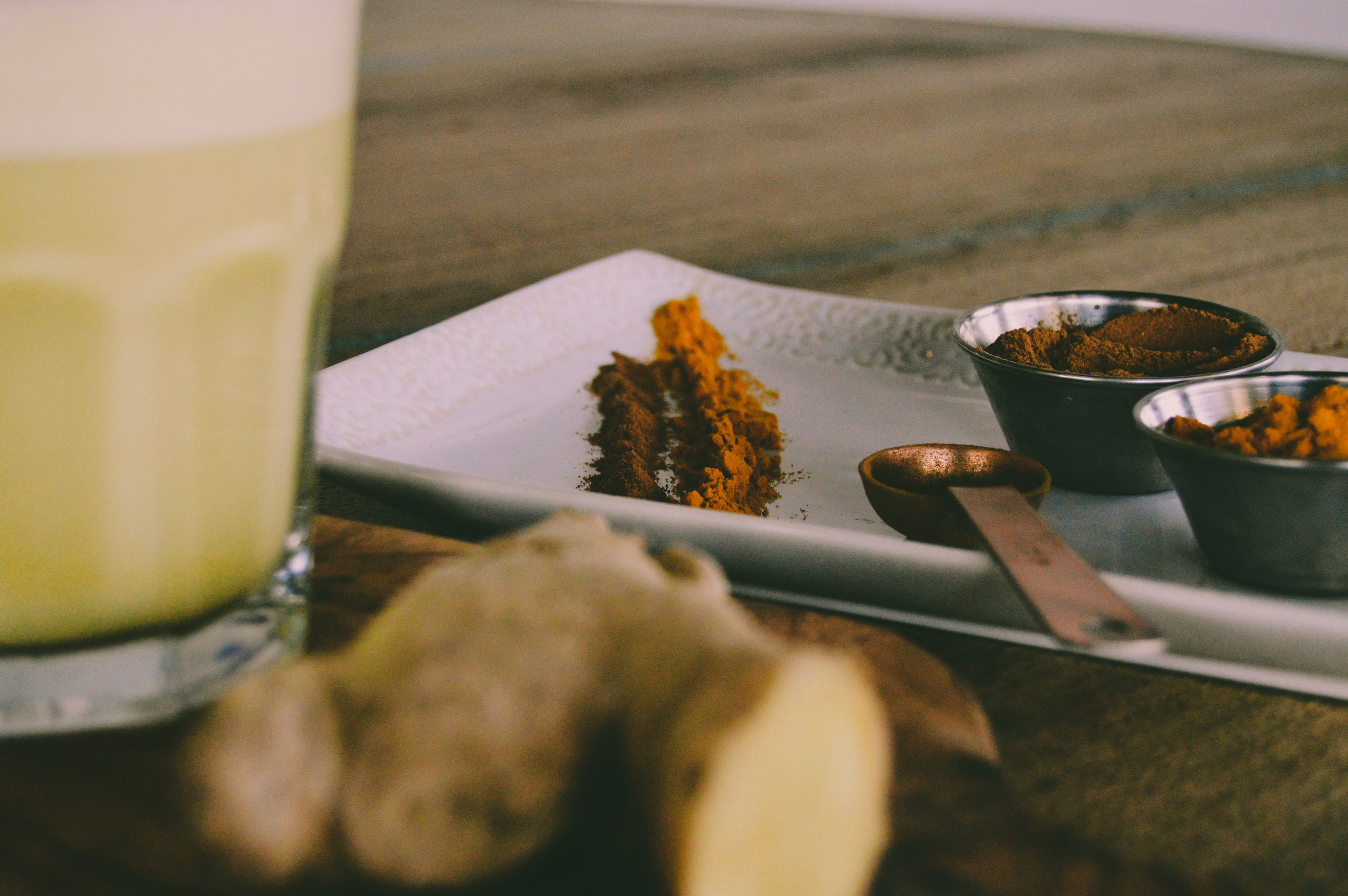Ginger to Brazil

Ginger is not native to Brazil, but it is widely used in Brazilian cuisine as a flavoring ingredient in both savory and sweet dishes. Ginger is imported to Brazil from countries like India, China, and Thailand, and it can be found in most grocery stores and markets throughout the country. In Brazilian cuisine, ginger is often used to add a spicy and aromatic flavor to dishes like soups, stews, and curries. It is also commonly used in marinades for meat and poultry, as well as in pickling recipes for vegetables like carrots, onions, and cucumbers. In addition to savory dishes, ginger is also used in Brazilian desserts and baked goods. One popular example is gingerbread cake, which is a spiced cake made with ginger, cinnamon, nutmeg, and cloves. Another example is "pão de mel," which is a type of honey cake that is flavored with ginger and other spices. Ginger is also used in traditional Brazilian remedies for digestive issues and nausea. It is commonly consumed as a tea or added to juices and smoothies for its health benefits. Overall, while ginger is not native to Brazil, it has become a popular and versatile ingredient in Brazilian cuisine and culture.

In Brazil, ginger is known as "gengibre" and is widely used in traditional medicine. It is believed to have anti-inflammatory, anti-nausea, and pain-relieving properties, and is often used to treat digestive issues and respiratory problems. Ginger is also used in many popular Brazilian drinks and cocktails, such as caipirinha, which is a traditional Brazilian cocktail made with cachaça, lime, sugar, and ginger. Ginger beer, a carbonated drink made with ginger, sugar, and water, is also a popular beverage in Brazil. In addition to its culinary and medicinal uses, ginger is also used in cosmetic products in Brazil. Ginger oil is believed to have anti-inflammatory and antioxidant properties, and is used in beauty products such as shampoos, conditioners, and body lotions. Overall, ginger has become an important and beloved ingredient in Brazilian cuisine and culture, and its versatile flavor and health benefits make it a popular choice in many dishes and remedies.
